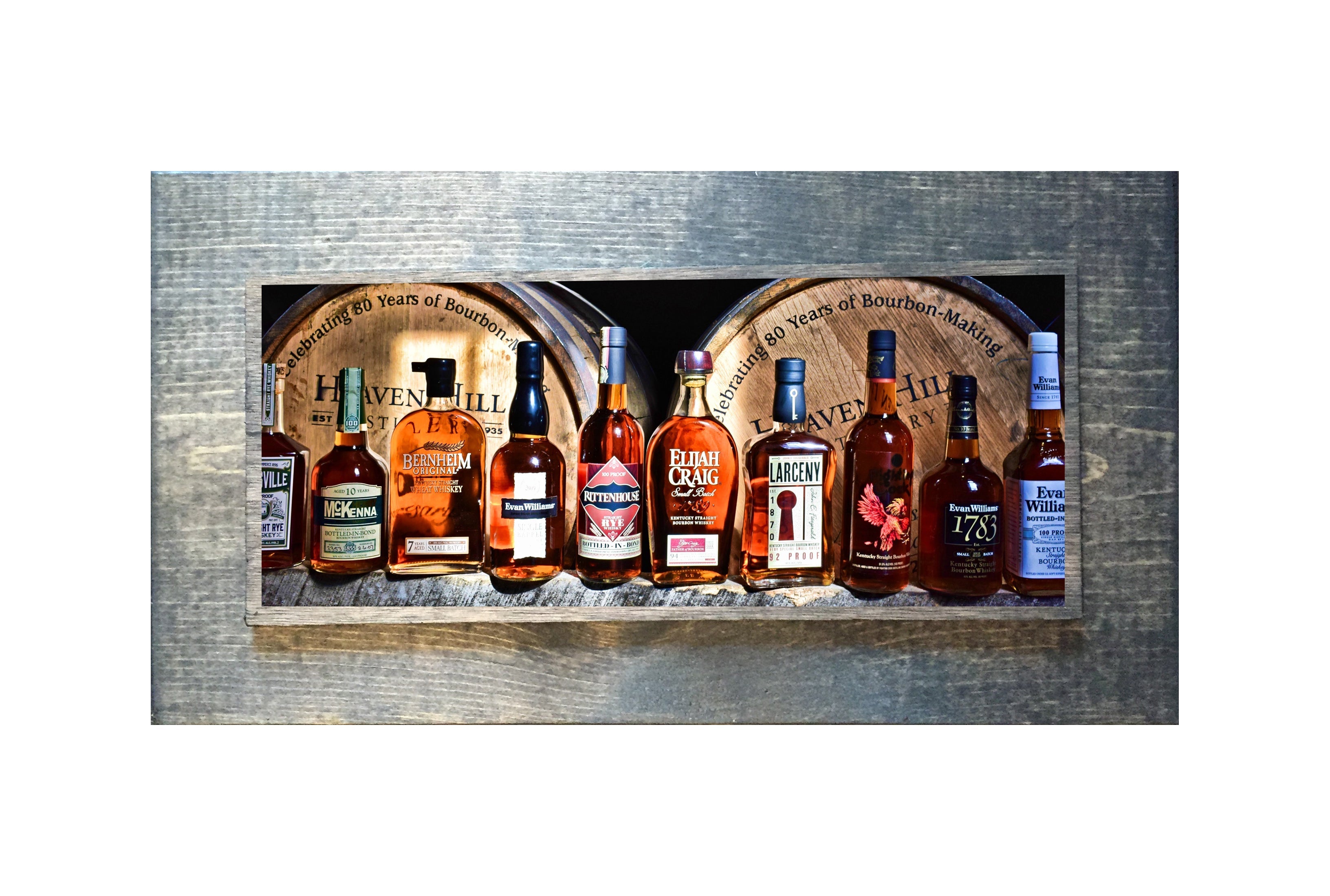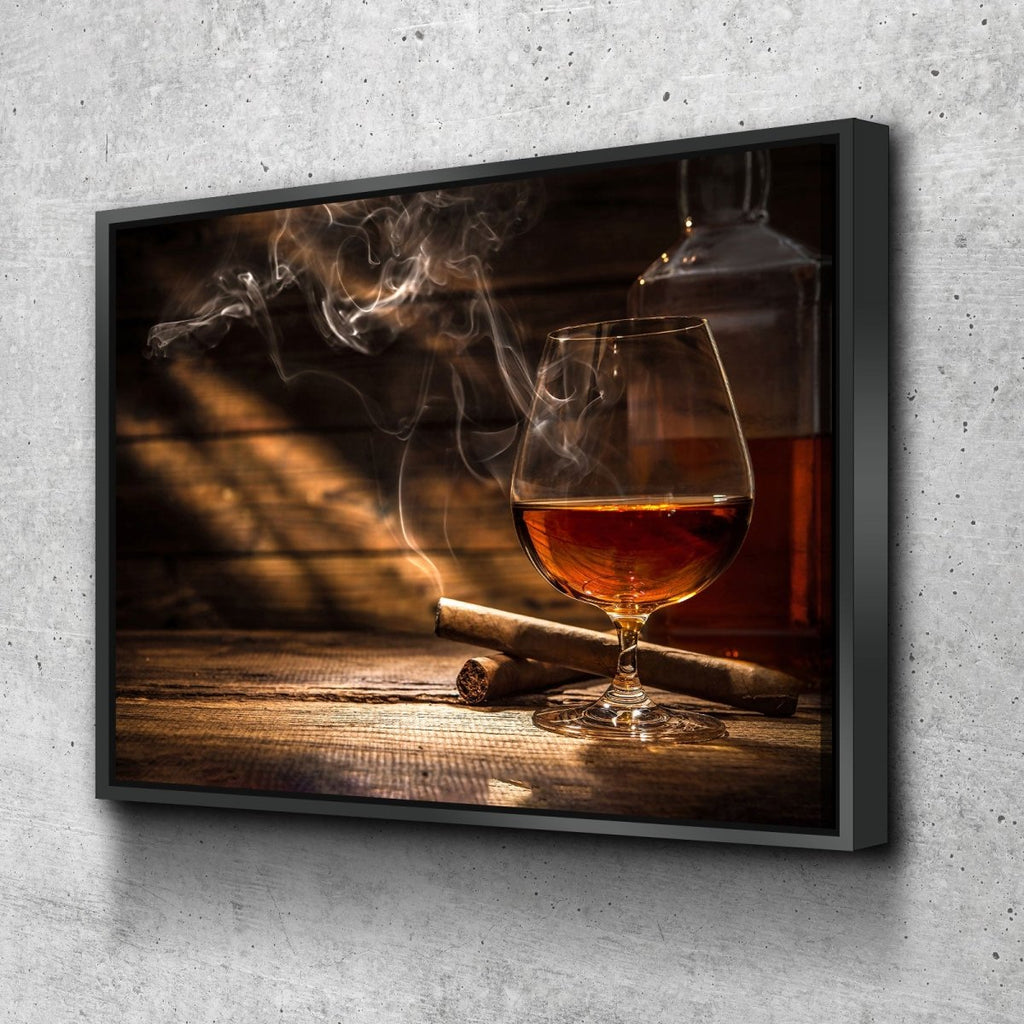Catching the Essence of Whiskey Art Through Distinct Aesthetic Depictions and Designs
The art of whiskey extends past the fluid itself, showing up via a selection of aesthetic depictions that envelop its fabled heritage and workmanship. What remains to be revealed is exactly how these developing designs show not only the bourbon itself however additionally the changing landscape of imaginative interpretation. Limited Edition.
The Background of Scotch Art

As scotch manufacturing spread, so also did the need to elevate its experience through art. From the elaborate inscriptions on early casks to the intricate labels of modern-day containers, each element shows an one-of-a-kind artistic vision, acting as a visual narrative of the whiskey's heritage.
In the 18th and 19th centuries, the increase of the commercial revolution even more improved whiskey art, resulting in cutting-edge packaging and marketing that captured consumer focus. Artists and designers began try out visual appeals, imbuing whiskey-related images with symbolic significances that communicated concepts of neighborhood, tradition, and craftsmanship.
Today, whiskey art remains to develop, blending traditional approaches with contemporary art types. Realism Art. This continuous dialogue between the spirit and its graph underscores the long-lasting bond between whiskey and society, enriching the overall experience for enthusiasts worldwide
Iconic Bottle Designs
While numerous elements add to the allure of scotch, iconic bottle styles play a crucial function in forming consumer perception and enhancing the overall experience. The aesthetic presentation of scotch containers is not just an aesthetic consideration; it functions as a bridge in between the customer and the item, evoking feelings and establishing assumptions.
Unique shapes, products, and closures can elevate a whiskey brand's identity, making it instantaneously recognizable on congested racks. The traditional Glenfiddich container, with its classy tapered shape, conveys a feeling of custom and craftsmanship, while the bold, modern-day design of the Balvenie container mirrors innovation and class. In addition, making use of colored glass or unique structures can suggest the top quality and personality of the whiskey within.
Renowned styles typically integrate elements of social heritage, symbolizing the brand name's history and link to its origins. Brands like Jack Daniel's make use of a simple, durable layout that reverberates with its American bourbon heritage. Inevitably, the influence of bottle layout expands past mere capability; it envelops the essence of the brand name, inviting consumers to discover and delight in the abundant tapestry of whiskey culture.
Tag Artwork and Branding
Container designs usually establish the stage wherefore consumers can expect, but label artwork and branding play a similarly considerable role in communicating a whiskey's identity. The label acts as the first factor of call in between the customer and the product, encapsulating the significance of the whiskey within its visual aspects.
Efficient tag art work integrates typography, imagery, and shade to produce a story that resonates with the brand name's heritage and target audience. For circumstances, a label including detailed illustrations and vintage fonts may evoke a feeling of tradition and workmanship, attracting aficionados. On the other hand, vibrant colors and modern layout elements could attract a more youthful demographic seeking technology and exhilaration.


Photography and Visual Storytelling
Capturing the significance of whiskey via digital photography and visual narration is an art form that raises the brand name experience. This medium transcends mere item depiction, diving into the elaborate narratives that surround each container. By using compelling imagery, professional photographers can stimulate feelings that resonate with consumers, eventually creating a deeper connection to the bourbon brand name.
Visual narration in bourbon digital photography frequently makes use of rich textures, illumination, and structure to highlight the unique characteristics of the spirit. The interaction of light and shadow can accentuate the brownish-yellow shades of bourbon, while the choice of history aspects-- such as rustic barrels or elegant glasses-- can strengthen the brand name's heritage or lifestyle associations.
Furthermore, capturing the ritualistic aspects of whiskey usage, from the pouring to the tasting, welcomes viewers into a sensory experience, permitting them to think of the tastes and scents that wait for. Each photo not only showcases the item however also narrates of workmanship, tradition, and the moments that scotch can boost - Limited Edition. Hence, digital photography ends up being an effective tool in verbalizing the identity of whiskey brands, placing them within the more comprehensive cultural landscape
Arising Trends in Bourbon Art
The development of bourbon art is increasingly shaped by modern patterns that reflect more comprehensive social changes and customer preferences. One famous fad is the integration of sustainability into art techniques. Musicians are now utilizing recycled materials and eco-friendly procedures to produce whiskey-themed items, reverberating with eco aware customers. This change not just highlights the significance of sustainability but likewise boosts the story surrounding whiskey manufacturing.
Additionally, electronic art has actually risen in appeal, permitting cutting-edge representations of whiskey. Artists are leveraging technology to craft immersive experiences, such as increased fact installments that involve audiences and provide a deeper understanding of scotch's social importance. This fad also includes social media sites platforms, where visually striking material garners interest and promotes neighborhood among fanatics.
Additionally, collaborations in between scotch brands and artists are becoming a lot more widespread. These partnerships generate limited-edition packaging designs and special art work that celebrate both the workmanship of whiskey and the creativity of artists. As scotch art remains to advance, these arising patterns will definitely shape its future, cultivating a dynamic junction of society, sustainability, and modern technology within the bourbon neighborhood.
Verdict
Finally, the art of whiskey includes a varied array of aesthetic representations that show its abundant heritage and workmanship. From iconic container styles and elaborate tag artwork to compelling photography, each component adds to a broader narrative that enhances the consumer's experience. As emerging patterns, such as digital art and sustainability, remain to form this imaginative landscape, the diverse identification of bourbon stays a sustaining resource of social connection and exploration.

In conclusion, the art of whiskey incorporates a diverse selection of aesthetic representations that mirror its rich heritage and craftsmanship.